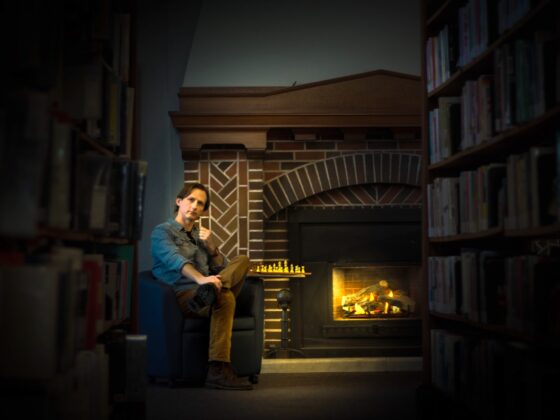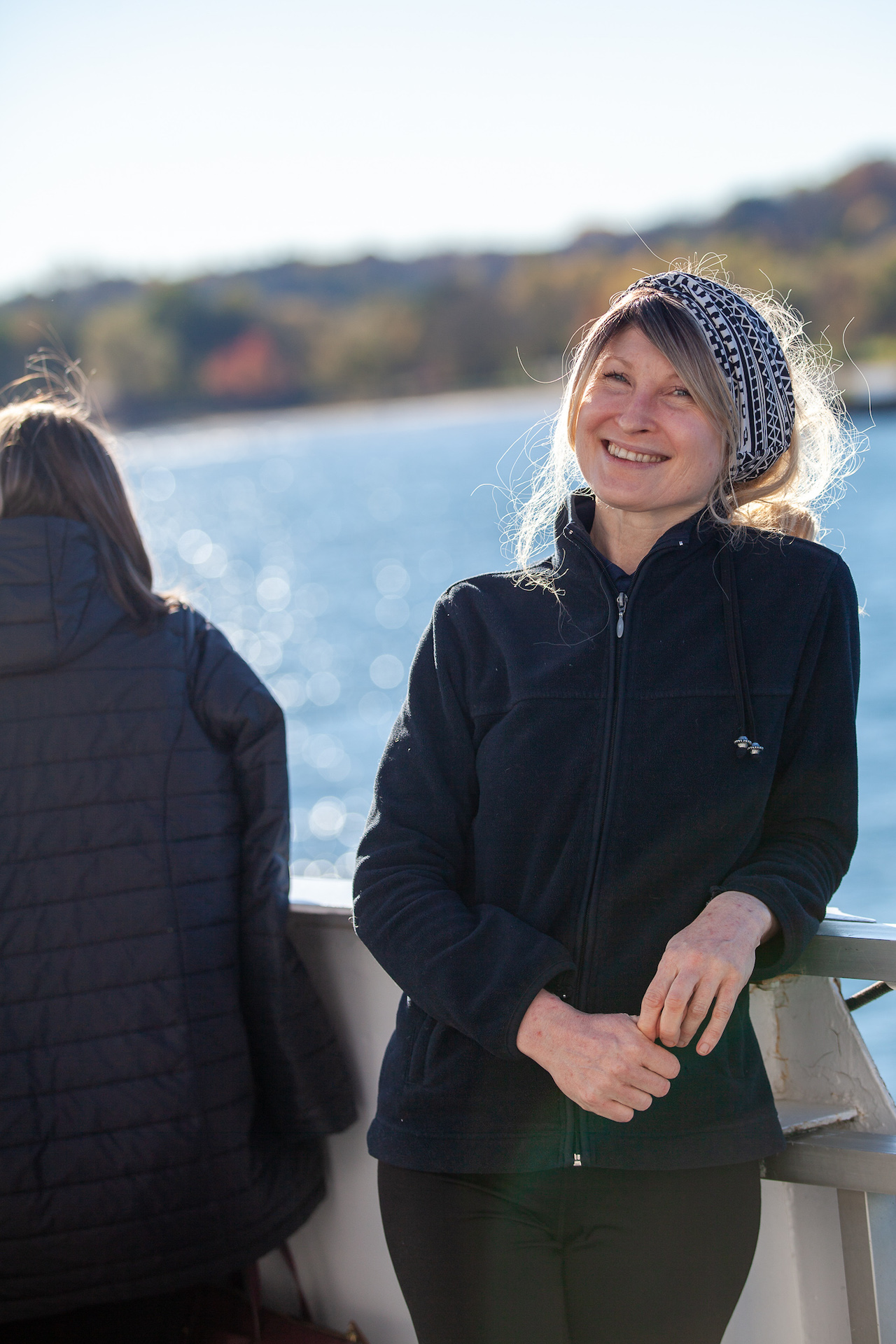Wandering through Morland Place in Rockford is kind of like wandering through a Brothers Grimm fairy tale: footpaths lead to lush gardens where flowers bloom among hand-poured concrete figures in a kaleidoscope of yellows, pinks, and purples.
A cedar-lined trail appears at the edge of the meadow; it curves up and opens into a pastoral courtyard. Although I’ve walked this path many times before, the magic of the view beyond, a towering manor, like a sentinel in its stone-faced splendour, thrills a shiver down my back.


There’s no other way to put it than to simply be cliché: Morland Place is a hidden gem. Since its gardens opened to the public in the 1970s, thousands of visitors have been drawn to the unique property. Its old-world charm has provided a perfect backdrop for weddings, photo shoots, and even as a filming location for feature films.
Barry Joseph More inherited the estate from his parents, who originally bought the property – a farm at the time – in 1945. He grew up managing the homestead with his mother and father, where he developed his unfailing work ethic and dedication to his family’s home. It was from his mother that More inherited a deep appreciation for fine craftsmanship and aesthetics. Her collection of elegant furniture, pianos, and treasures kindled his passion for preserving the quality and artistry that existed in a bygone era.

From his youth, More worked with his hands building houses, gardening, and creating decorative concrete moulds. Alongside his growing skills, he began to see the immense potential within his family home and was determined to bring the vision to life. As a young man, he set upon an odyssey that would transform the humble farm into the historic work of art that people admire today.
Drawing inspiration from local and European estates, More designed and constructed the impressive Georgian Regency-style villa as an addition to the farmhouse and shaped the surrounding area with intricate landscaping. Most of the structural work on the new build was completed by himself or with help from his father. However, the gardens and house interior are More’s individual creative expressions.
Every detail of the estate reflects the pride in his craft, from the multitude of seedlings he grows and plants each spring, to the villa’s three-storey hanging staircase with refurbished handrail and lathe-turned balusters. His mother’s furniture and décor are also displayed throughout the rooms, complementing the rich architecture in loving tribute.



Although Morland Place is where his heart lies, More owns a number of grand Victorian houses in Owen Sound. When he’s not tending to his gardens or mixing concrete, chances are he’s off to work on one of his other restorations. Preserving history for future generations to enjoy is a labour of love for More.
A lifelong resident of Grey County, he shows appreciation for this community through generosity. In 2000, More donated 20 acres to Grey County, which became the site for Grey Roots Museums and Archives and Moreston Heritage Village. He’s an avid supporter of the arts as well, loaning out period furniture and props for local theatre productions and offering affordable shooting locations for independent film companies. And while More invests considerable time and resources into caring for Morland Place, he keeps it accessible to visitors by asking only for donations rather than a set entry fee.
For every Insta-friendly photo shoot that happens on the grounds, there’s a few dollars that goes towards caring for the place.
The estate is what it is today because of More’s unwavering effort to create a beautiful historical landmark. Barry More is the heart and soul of Morland Place. Every stone laid, garden bed dug, and path carved holds a piece of More. He has given shape to a vision of the world as it was in a bygone era, where craftsmanship mattered more than convenience.
If you’d like to delve deeper into the history of Morland Place and the family behind it, pick up a copy of Barry’s book, A Thing of Beauty: The Story of Morland Place. It’s available at the estate or through the Ginger Press in Owen Sound.
Words and photos by Sarah Goldman
Feature photo by Wayne Simpson












